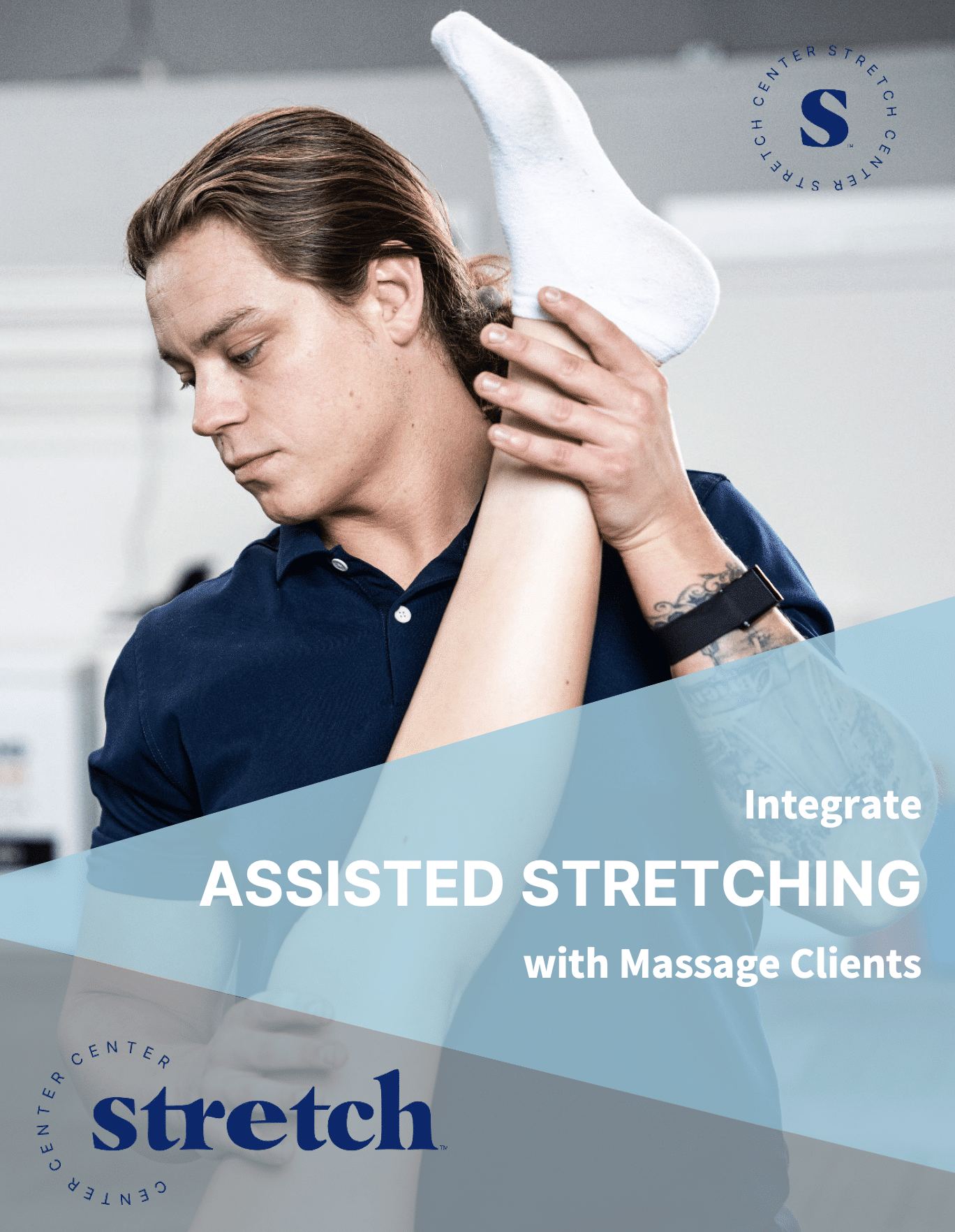Stretching during pregnancy is more than just a way to relieve tension—it is an essential component of overall health and well-being for expectant mothers. As the body undergoes significant changes to accommodate a growing baby, muscles and ligaments experience increased strain, often leading to discomfort in areas such as the lower back, hips, and pelvis. Stretching helps alleviate these aches by improving flexibility and circulation, promoting better posture, and reducing stress levels. Incorporating regular stretching into a prenatal wellness routine can also prepare the body for the physical demands of labor and delivery by enhancing muscle elasticity and range of motion.
An assisted stretch therapist can be a valuable resource during pregnancy. These professionals are trained to provide targeted stretches that address the unique needs of pregnant women while ensuring safety and comfort. Assisted stretching can help release tension in hard-to-reach areas, such as the deep hip muscles, which are often difficult to stretch independently. Moreover, working with a stretch therapist allows pregnant women to focus on proper alignment and breathing techniques, both of which are crucial for relaxation and pain relief. The therapist’s expertise ensures that stretches are performed effectively and avoids overextending muscles or ligaments, which could be risky due to the increased levels of the hormone relaxin.
Relaxin, a hormone produced during pregnancy, plays a vital role in loosening the ligaments and joints in preparation for childbirth. While this natural process facilitates the delivery of the baby, it also makes the body more susceptible to injury, particularly in weight-bearing joints such as the hips and knees. Postpartum, relaxin levels gradually return to normal, but the effects of loosened ligaments may persist for several months. This makes it crucial for new mothers to engage in gentle, consistent stretching as part of their recovery. Stretching helps rebuild strength and stability, particularly in the core and pelvic floor, which are often weakened during pregnancy and childbirth. By prioritizing both prenatal and postnatal stretching, women can enhance their physical resilience, reduce discomfort, and promote long-term mobility and function.





